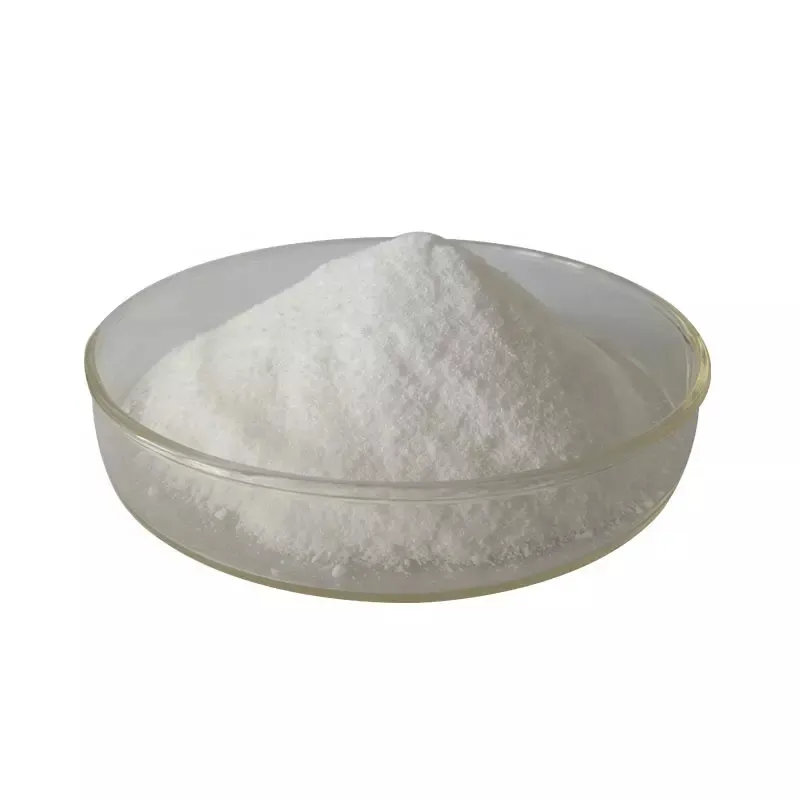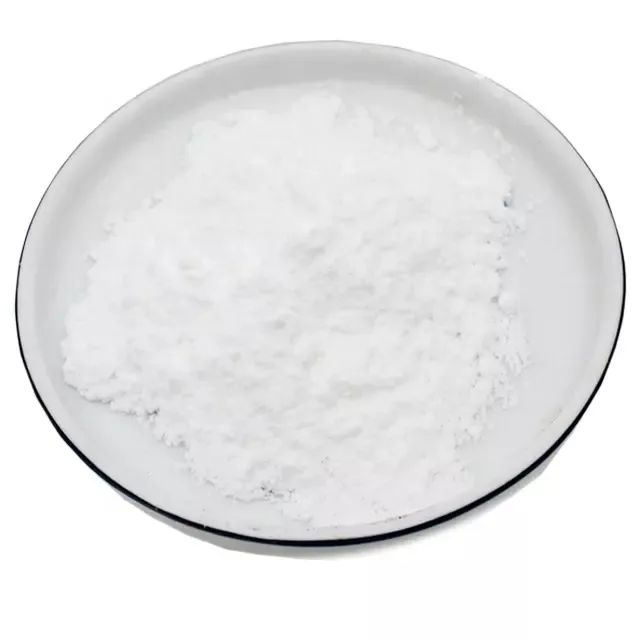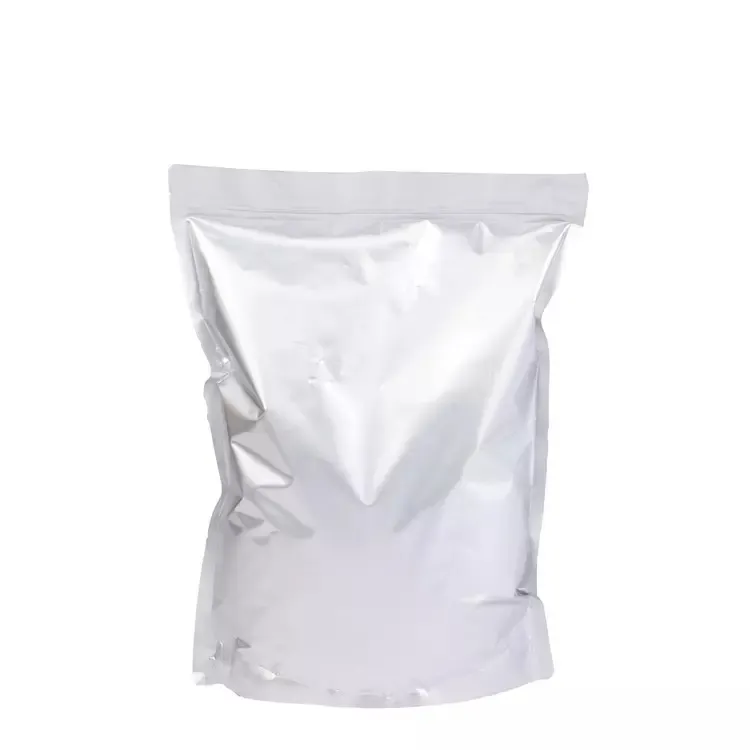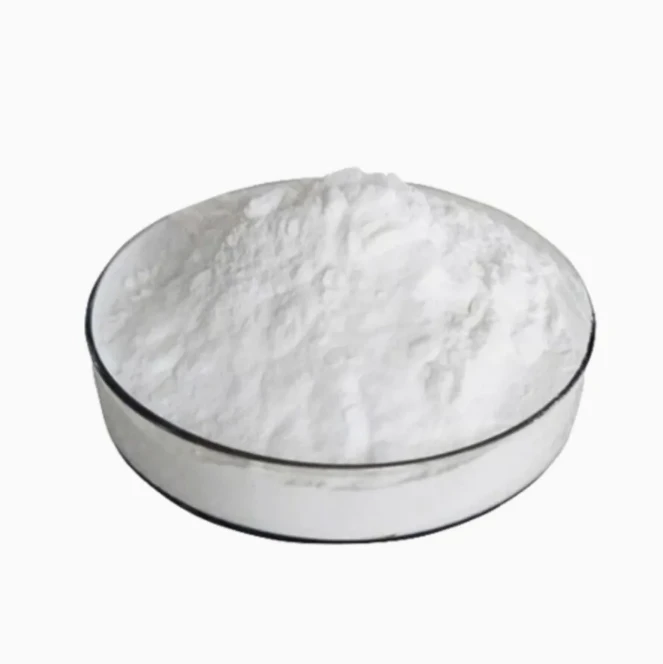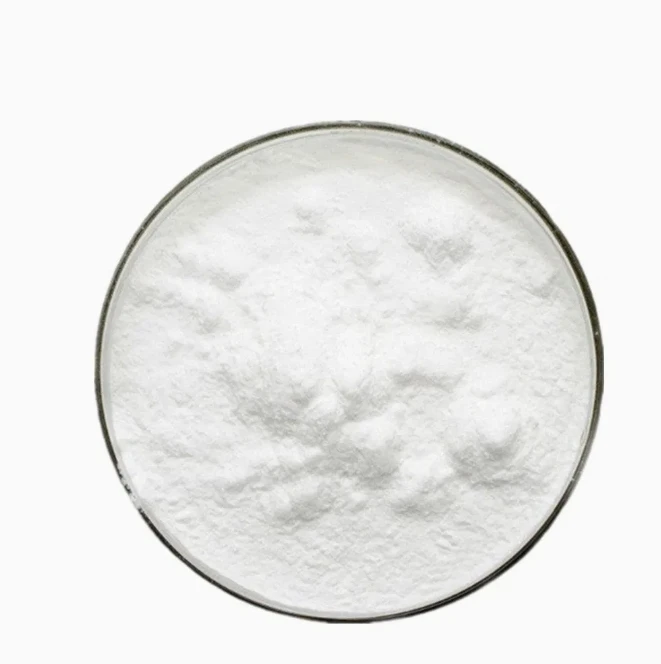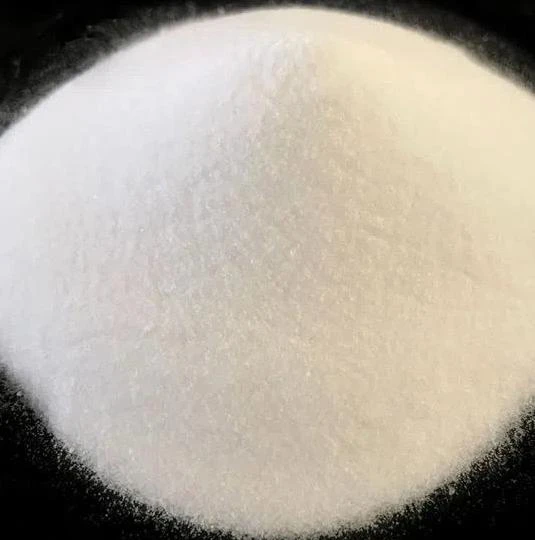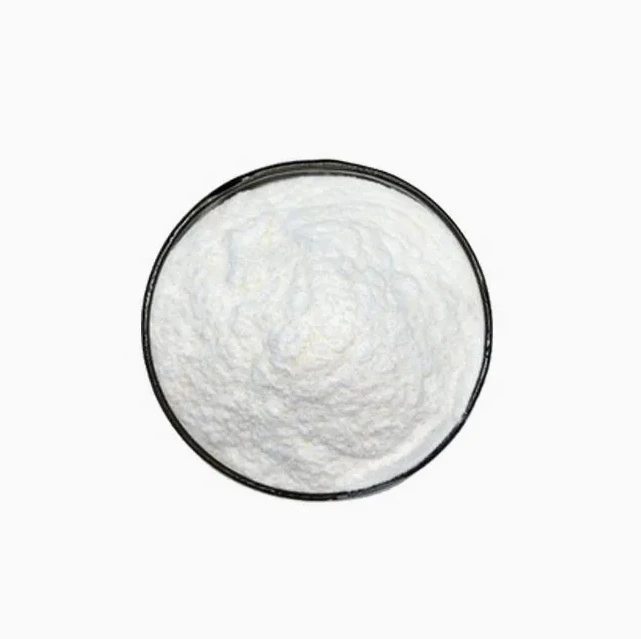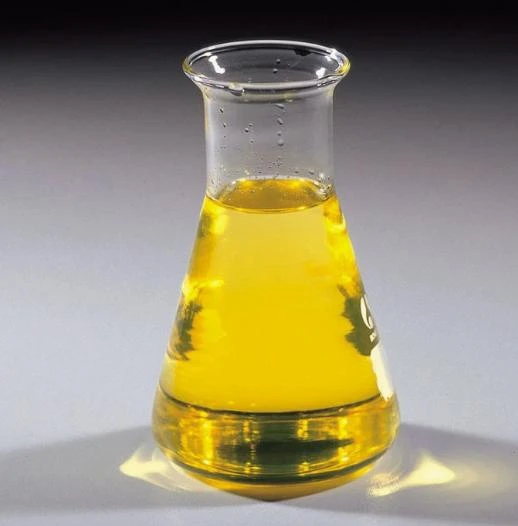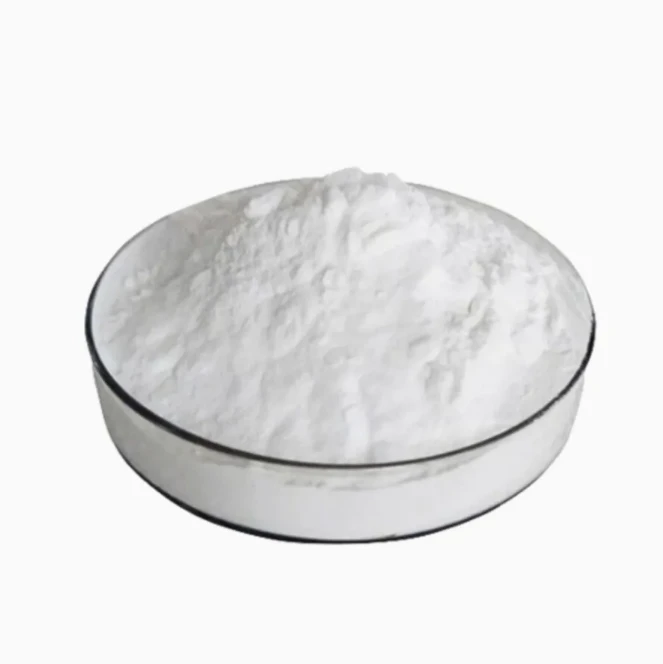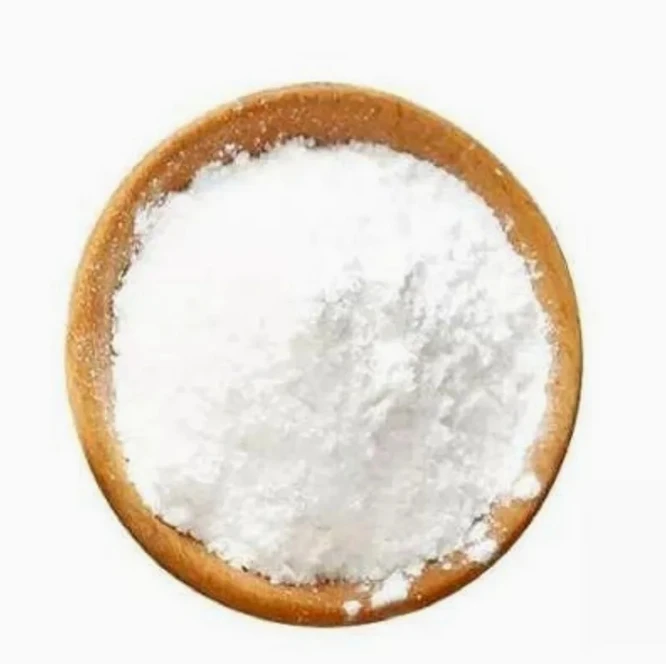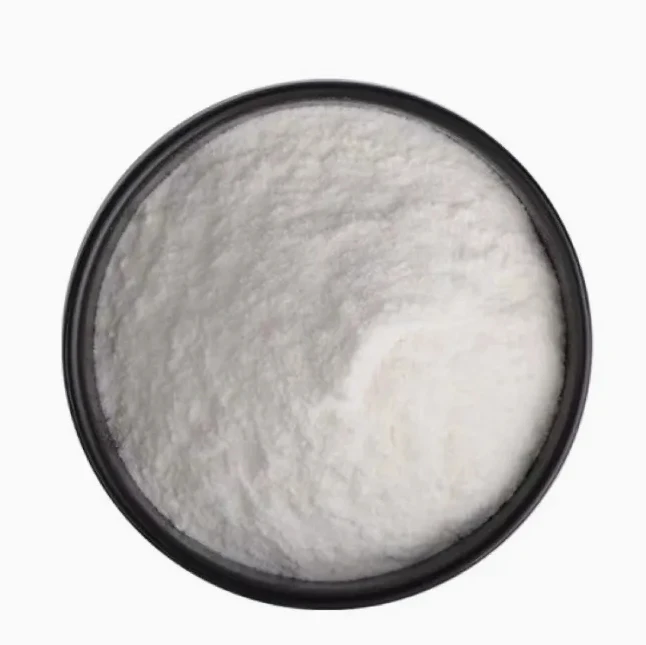Azithromycin
Azithromycin is the second generation of major cyclolactone drugs, which are used to treat respiratory and cf.To treat a variety of pathogens causing respiratory tract infection of children and adults, genital tract chlamydia trachomatis infection, etc.Azithromycin have been to many countries and regions in medical guidelines recommend recommended as thefirst-line treatment of infection drugs (such as the United States, Japan, the United States and China)
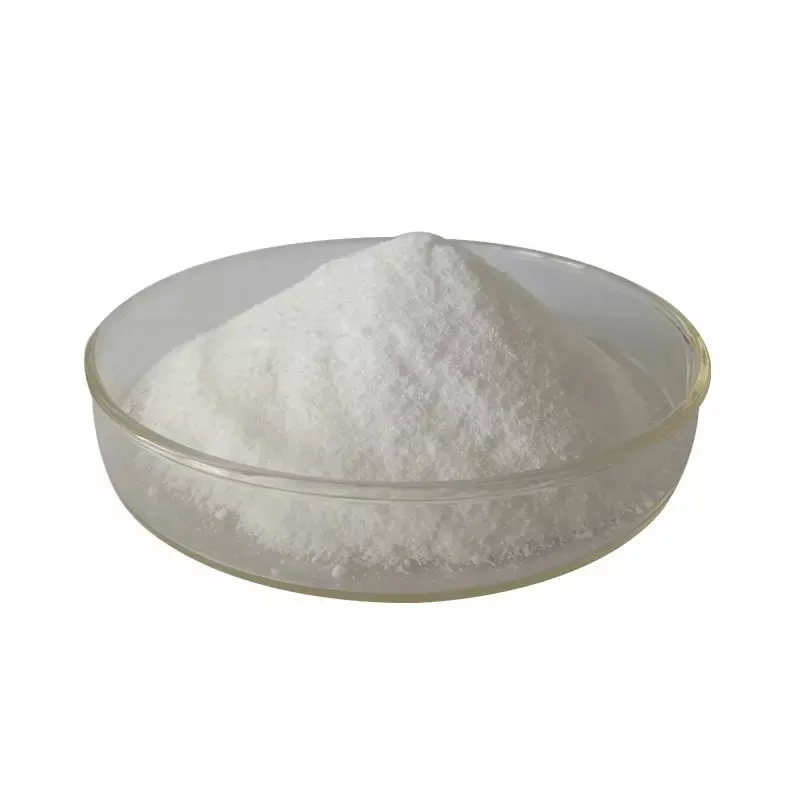

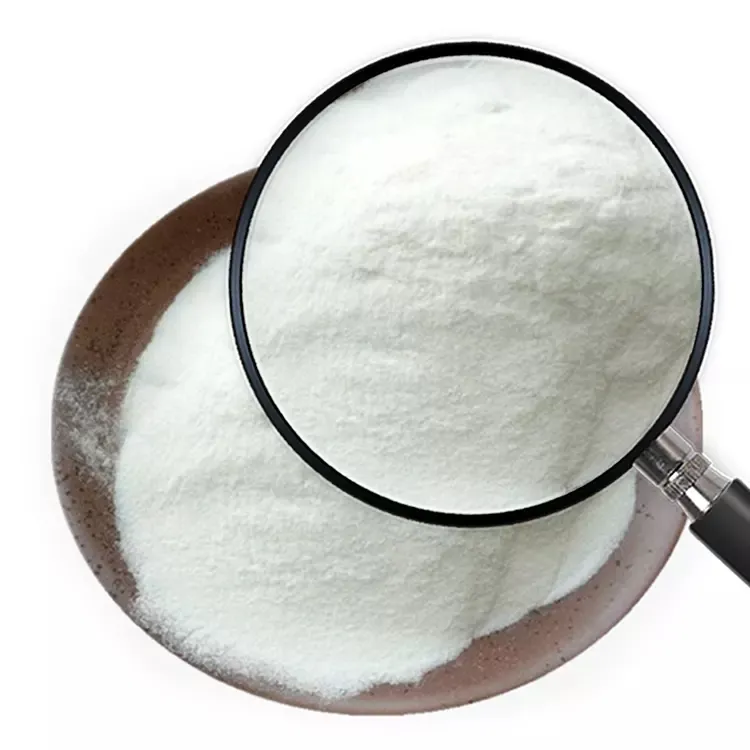
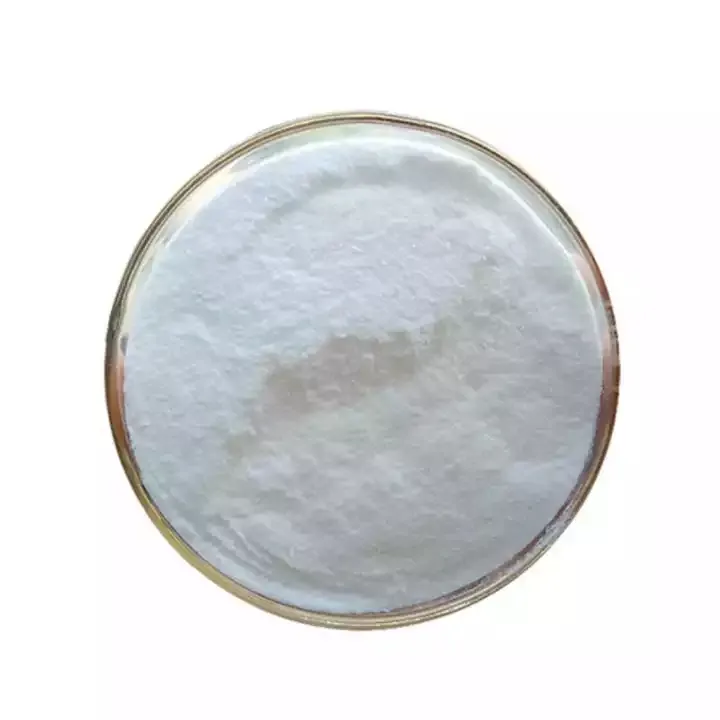
Azithromycin is Suitable for sensitive caused by the bacterium respiratory tract,skin soft tissue infection caused by the original body of garment of sexually transmitted diseases.For influenzae, pneumococci and mo draw CARDS he caused by bacteria etc of acute brochitis, chronic obstructivepulmonary disease amalgamative infection, pneumonic wait for the efficient above 90%, bacterial remoal reach 85%.
- Acute pharyngitis and tonsillitis caused by Streptococcus pyogenes.
- Acute attack of sinusitis, otitis media, acute bronchitis and chronic bronchitis caused by sensitive bacteria.
- Pneumonia caused by Streptococcus pneumoniae, Haemophilus influenzae and Mycoplasma pneumoniae.
- Urethritis and cervicitis caused by Chlamydia trachomatis and non-multidrug resistant Neisseria gonorrhoeae.
- Skin and soft tissue infections caused by sensitive bacteria.
A ni ọpọlọpọ awọn ile-iṣelọpọ giga-giga pẹlu ifowosowopo jinlẹ, eyiti o le fun ọ ni awọn ọja to gaju ati awọn idiyele ifigagbaga. Ati pe a tun le fun awọn ẹdinwo fun awọn rira olopobobo.Ati pe a ṣe ifọwọsowọpọ pẹlu ọpọlọpọ awọn ile-iṣẹ gbigbe ẹru ẹru ọjọgbọn, le fi awọn ọja ranṣẹ lailewu ati laisiyonu si ọwọ rẹ. Akoko ifijiṣẹ jẹ nipa awọn ọjọ 3-20 lẹhin ijẹrisi isanwo.
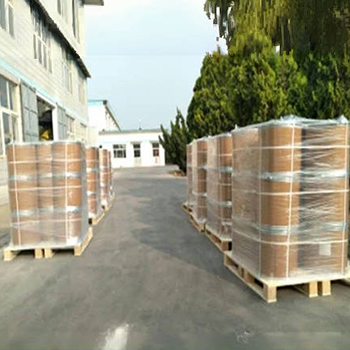
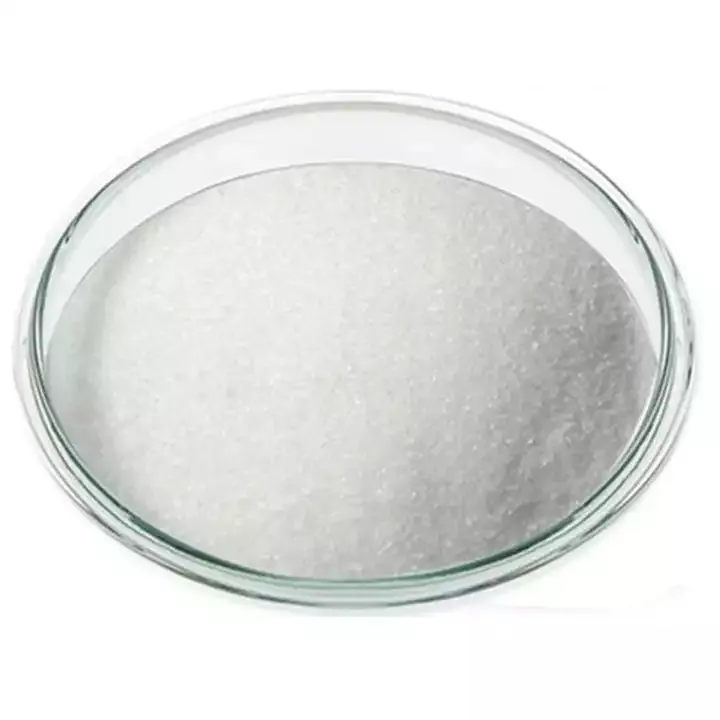
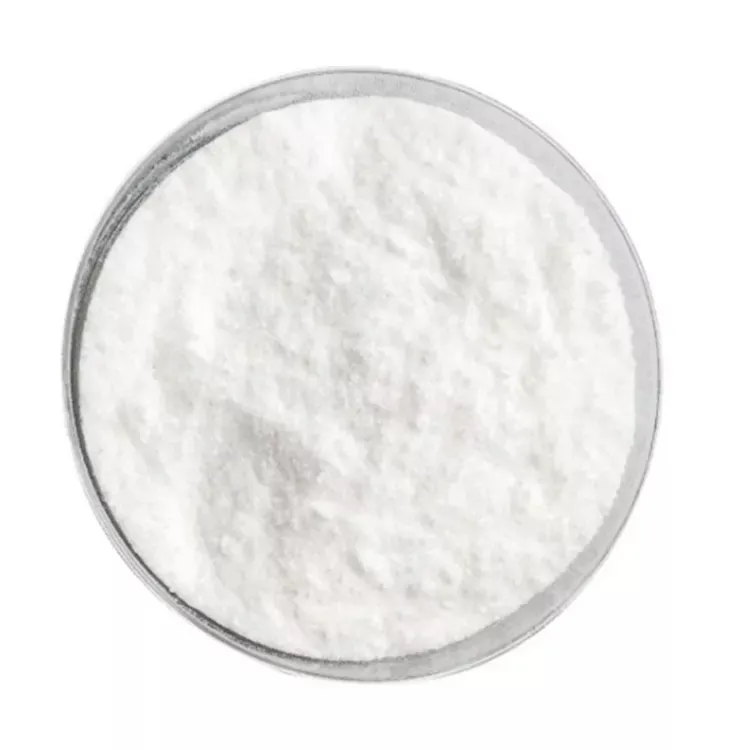
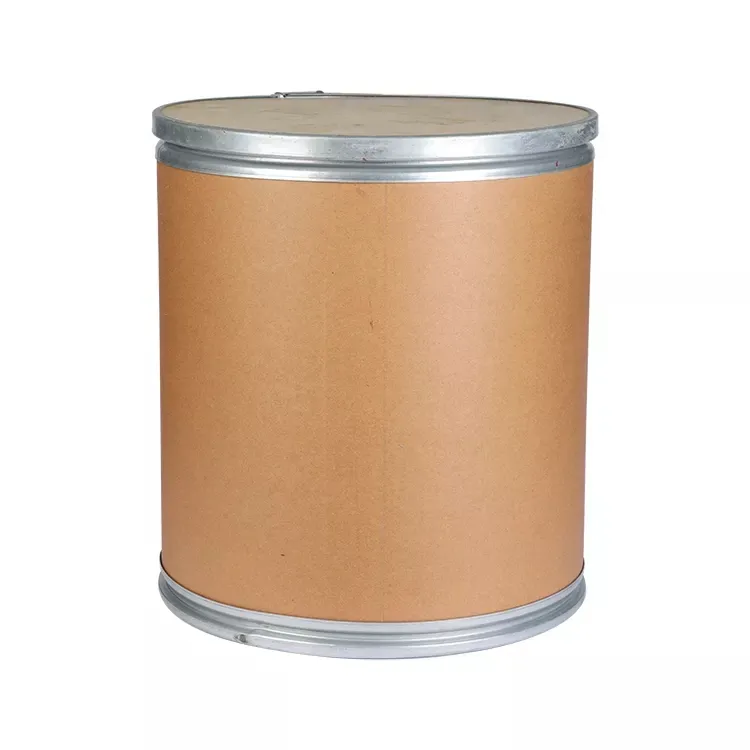
|
Tests |
Acceptance Criteria |
Esi |
|
|
Characters |
white or almost white crystalline powder, no order and bitter. Practically insoluble in water, freely soluble in anhydrous ethanol and in methylene chloride |
Ni ibamu |
|
|
Idanimọ |
(1) IR: Conforms to the Azithromycin RS spectrum (2) HPLC: The retention time of azithromycin peak in the chromatogram of the Assay preparation corresponds to that in the chromatogram of the Standard preparation, as obtained in the Assay |
Ni ibamu |
|
|
Specific rotation |
-45°~-49°(Anhydrous subatance 20mg/ml dehydrated alcohol) |
-47° |
|
|
Crystallinity |
Meets the requirement |
Ni ibamu |
|
|
PH |
9.0~11.0(2mg/ml methanol-water(1:1)) |
10.1 |
|
|
Water |
4.0%~5.0% |
4.3% |
|
|
Residue on Ignition |
≤0.3% |
0.02% |
|
|
Heavy metals |
≤0.0025% |
less 0.0025% |
|
|
Related substances (HPLC) |
(1) desosaminylazithromycin |
≤0.3% |
0.02% |
|
N-demethylazithromycin |
≤0.7% |
0.44% |
|
|
(2) Any other impurity |
≤1.0% |
0.84% |
|
|
(3) Total impurity |
≤3.0% |
1.6% |
|
|
Residual solvents |
Methylene Clloride |
≤600ppm |
Not detected |
|
Acetone |
≤5000ppm |
1306.5ppm |
|
|
Assay(HPLC) |
945~1030μg/mg (Anhydrous substance) |
966μg/mg |
|
|
Ipari |
Conforms to USP32 specification for Azithromycin |
||
Kini ọja yii?
Azithromycin is a semi-synthetic 15-membered macrolide antibiotic. White or quasi-white crystalline powder; odorless, bitter; slightly damp. This product is soluble in methanol, acetone, chloroform, anhydrous ethanol or dilute hydrochloric acid, and almost insoluble in water.
Ohun elo
Azithromycin is similar to erythromycin in antimicrobial spectrum and has a strong effect, which is 4 times stronger than erythromycin for Haemophilus influenzae and Neisseria gonorrhoeae, 2 times stronger than erythromycin for Legionella, and also stronger than erythromycin for Clostridium spp. for most gram-negative bacteria, and more effective than erythromycin in Staphylococcus aureus infection. In addition, this product also has a good killing effect on Toxoplasma and Treponema pallidum.
Awọn ẹka ọja


